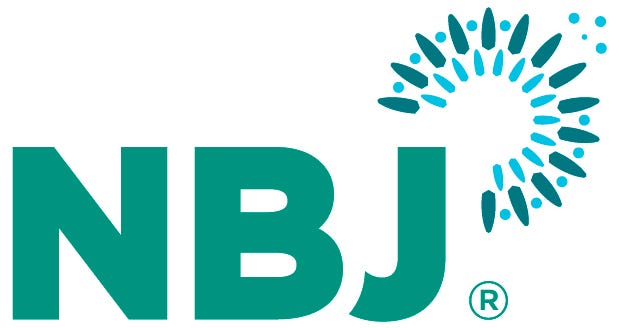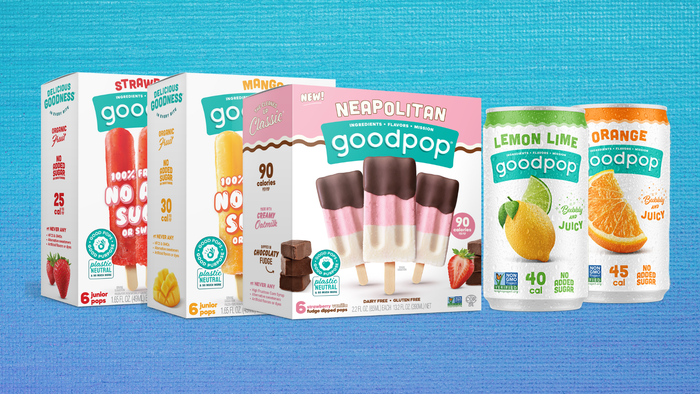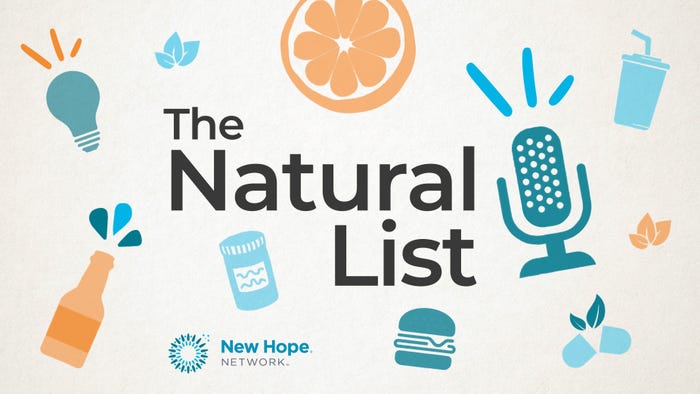December 29, 2014

Clean label has become as much a movement as an industry term, with varying definitions at every link of the supply chain. A major player in chondroitin, Synutra, developed a test for adulterants and is working to assure the blockbuster ingredient can be purchased without purity concerns. NBJ asked Synutra President Weiguo Zhang for his thoughts on the clean label movement.
Check out the NBJ Clean Label Issue for more.
nbj: How would you define clean label?
Zhang: What it means to us is accuracy and transparency. Merchants and marketers are often tempted to put their best foot forward or to sweep dust under the carpet, which is totally understandable. In label making, this often translates into designs and messaging deliberately out of focus and insufficiently informative or truthful. If you are investing in the long-term success of a supplement business, cleaner labels tend to carry you further.
nbj: What are the challenges for sourcing clean label ingredients?
Zhang: The nature of sourcing commodities means that quality is all over the map. Usually a broker buys up material from a number of sources as cheaply as possible and resells it for a profit. Before materials reach the market, much of it changes hands through traders, aggregators and exporters, and this way it is susceptible to intentional and unintentional adulteration. Tracing the chain of custody is often out of the question, making it next to impossible to know how it was made, from what raw material, if it was protected from contamination and spoilage along the way, if it is adulterated, and other things we think are important to know.
nbj: Clean label is still an industry term, but do you think it has different meanings for industry and consumers?
Zhang: For industry, particularly in light of the recent POM Wonderful Supreme Court decision, it means that labels have to be accurate on the front of the label, not just in the supplement facts box. We are hoping that the impact will be true commitment to providing consumers with the benefits they expect when they buy a product, and not just marketing hype. For consumers, it means the information on a label is accurate, the information a company provides is true, and the product will do what they expect it to.
nbj: What specific ingredients are challenging?
Zhang: Our focus is on chondroitin and purity concerns, which is why we have put so many resources into educating the industry on the most effective way to test chondroitin for purity. Chondroitin is an expensive ingredient, and as such ripe for adulteration. Chondroitin-containing supplement products are in the top five best-selling dietary supplements, with annual sales of about $1 billion, and almost all chondroitin sold in the US is from overseas. These factors create the kind of environment for ingredients to be subjected to adulteration. In such circumstances, effective testing is essential, and yet if the method used isn’t suited for detecting the common adulterants, the end result is that consumers are not getting the benefits they expect, so confidence, and sales, in the category are being eroded. As the leading Chondroitin ingredient supplier in the world, we help joint health supplement manufacturers to keep their labels cleaner by guaranteeing the Chondroitin they put in their product is clean.
nbj: What are the best strategies for clean label in the supply chain?
Zhang: Buy for quality, not just price. Work with suppliers that have demonstrated commitment to responsible raw material sourcing and processing them carefully to create clean ingredients. Know where it comes from, and that the chain of custody is documented
nbj: What do you see from a global perspective?
Zhang: In today’s marketplace, ingredients are from all over the world. While certain countries like China and India have gotten a bad reputation for low quality and product adulteration, some of the best ingredients in the world are made in those countries too. It’s not where ingredients are made, it’s who is making them and how that matters.
nbj: How much of the broad clean label movement is driven by GMO concerns?
Zhang: GMO has had a lot to do with consumers being aware of product labeling, but it isn’t the only factor. Allergens are another reason consumers are reading labels more closely, as well as the strong gluten-free trend.
You May Also Like



